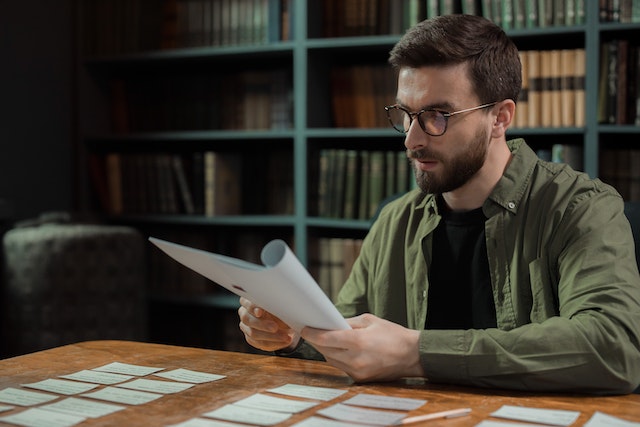
GUEST POST from Art Inteligencia
The development of long-term strategies is a key element of success for any organization, but it can be a difficult process. Futures research is a powerful tool that can help organizations understand the future and develop strategies that are based on current and future trends. This article will explore how organizations can use futures research to develop long-term strategies and provide two case study examples of organizations that have successfully used futures research.
Futures research, also known as strategic foresight or scenario analysis, is an interdisciplinary approach that combines elements of social science and technology to explore possible future scenarios. It involves using a variety of methods and tools to evaluate the impact of existing and emerging trends on an organization. This approach can help organizations identify potential opportunities and threats, assess risks, and develop strategies to navigate an uncertain future.
Organizations can use futures research to develop long-term strategies in a variety of ways. Firstly, it can be used to identify potential future trends that may impact the organization’s operations and strategies. This can include identifying demographic trends, technological advances, and global events that may affect the organization. Secondly, futures research can be used to develop scenarios that explore how different trends may interact with each other and shape the organization’s future. These scenarios can help the organization understand the potential risks and opportunities associated with each possible future. Finally, futures research can be used to identify strategies that can help the organization navigate the future.
To illustrate how futures research can help organizations develop long-term strategies, here are two case studies of organizations that have successfully used this approach.
Case Study 1
The first case study is of the City of Melbourne, Australia. The city council used futures research to develop a 20-year vision and strategic plan that focused on creating a vibrant, sustainable, and prosperous city. The council used a variety of methods to identify future trends and assess their impact on the city. They developed scenarios that explored different possible futures, and identified strategies to help the city adapt and thrive in the face of these emerging trends. As a result, the city council was able to develop a comprehensive long-term plan that addressed the challenges and opportunities of the future.
Case Study 2
The second case study is of the US Navy. The Navy used futures research to develop a strategy to identify emerging technologies and develop new capabilities that could be used to protect US interests. The Navy used a variety of methods, including scenario planning and trend analysis, to identify potential technological advances and assess their impact on naval operations. As a result, the Navy was able to develop a long-term strategy that focused on developing new capabilities and technologies to ensure the Navy’s continued success.
Conclusion
These two case studies demonstrate how futures research can be used to develop long-term strategies. By using a variety of methods and tools to identify future trends and assess their impact on an organization, futures research can help organizations develop strategies that are based on current and future trends. This approach can help organizations prepare for the future and ensure their long-term success.
Bottom line: Futurists are not fortune tellers. They use a formal approach to achieve their outcomes, but a methodology and tools like those in FutureHacking™ can empower anyone to be their own futurist.
Image credit: Pexels
![]() Sign up here to get Human-Centered Change & Innovation Weekly delivered to your inbox every week.
Sign up here to get Human-Centered Change & Innovation Weekly delivered to your inbox every week.